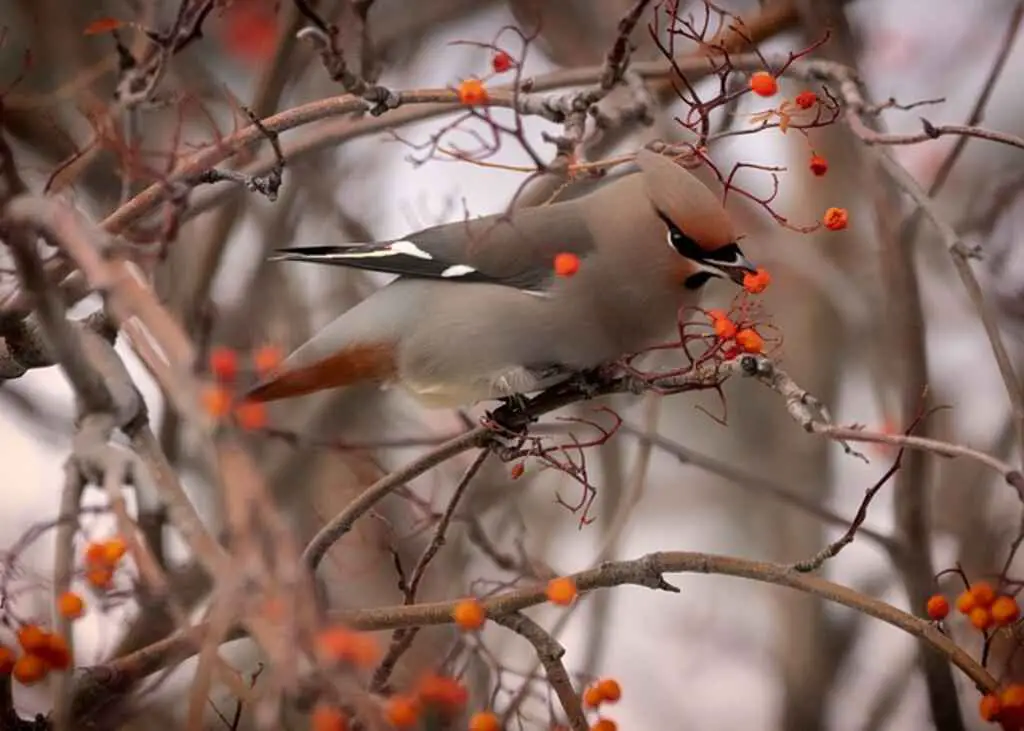Birds play a critical role in the propagation of berry plants. Through their foraging and feeding habits, birds help to disperse berry seeds over long distances, aiding in the survival and growth of these plants. This article will explore the specific ways in which birds contribute to seed dispersal, the different bird species involved, and the adaptations that make them effective agents of this process.
The importance of birds in seed dispersal cannot be overstated. They help to maintain genetic diversity, increase colonization in new areas, and ensure the regeneration of plant populations that rely on them for reproduction. Understanding how birds assist in the spread of berry seeds is crucial for the long-term preservation and conservation of these important plant species.
Table of Contents
- 1 Key Takeaways:
- 2 How Do Birds Help Spread the Seeds of Berries?
- 3 The Role of Birds in Seed Dispersal
- 4 Avian Foraging Behavior and Berry Seed Dispersal
- 5 Bird Species and Berry Seed Dispersal
- 6 Adaptations for Seed Dispersal
- 7 Benefits of Avian Seed Dispersal
- 8 Factors Influencing Bird-Mediated Seed Dispersal
- 9 Examples of Bird-Mediated Seed Dispersal
- 10 Conclusion
- 11 FAQs: How Do Birds Help Spread the Seeds of Berries?
- 11.1 How do birds help spread the seeds of berries?
- 11.2 What is the role of birds in seed dispersal?
- 11.3 How does avian foraging behavior contribute to berry seed dispersal?
- 11.4 Which bird species are involved in spreading berry seeds?
- 11.5 What adaptations do birds have for seed dispersal?
- 11.6 What are the benefits of avian seed dispersal?
- 11.7 What factors influence bird-mediated seed dispersal?
- 11.8 Q: Can you provide examples of bird-mediated seed dispersal?
- 12 Author
Key Takeaways:
- Birds play a crucial role in the spread of berry seeds through their foraging and feeding habits
- Bird-mediated seed dispersal contributes to genetic diversity and the survival of berry plant populations
- Preserving bird habitats is essential for the long-term conservation of berry plants
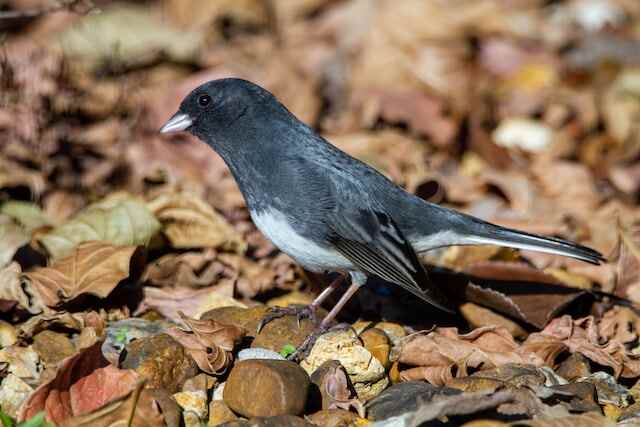
How Do Birds Help Spread the Seeds of Berries?
Birds play an important role in spreading the seeds of berries through a process called endozoochory. As birds feed on berries, they swallow the fruit whole, including the seeds inside. The seeds then pass through the bird’s digestive system, where they are broken down by stomach acid and enzymes. Once the seeds are excreted in the bird’s droppings, they can be spread over a wide area, often far from the original plant.
This process helps to ensure the survival and dispersal of many berry-bearing plant species. As the seeds are spread over a wider area, they have a greater chance of finding suitable growing conditions and establishing new plants. Additionally, the nutrients in the bird droppings can serve as a natural fertilizer, providing the newly germinated plants with the nutrients they need to grow and thrive.
The Role of Birds in Seed Dispersal
Birds play a crucial role in the dispersal of berry seeds, serving as agents of seed dispersal that help plants propagate and colonize new areas. Through their foraging behavior and digestive systems, birds assist in the movement of seeds from one location to another, helping to ensure genetic diversity and the survival of berry species.
Bird-assisted berry seed dispersal occurs when birds consume berries and subsequently excrete undamaged seeds in different locations. This process helps plants reach new areas and reduces competition for resources, enabling them to thrive and reproduce more effectively. In addition to physical movement, birds also play an important ecological role in seed dispersal by influencing seed germination and plant growth.
Through research studies, it has been found that birds are attracted to certain berry species based on their visual and olfactory cues, adapt their foraging behavior to optimize berry consumption, and consume berries at different stages of ripeness to ensure seed viability. Some bird species have even evolved specialized beaks to extract seeds from berries, further enhancing their role as effective seed dispersers.
The ecological significance of bird-assisted berry seed dispersal is profound, as plants rely on it to maintain genetic diversity and ensure their long-term survival. By shaping plant communities and influencing the distribution of plant species, birds contribute to the overall health of ecosystems and help maintain a balance of biodiversity.
Avian Foraging Behavior and Berry Seed Dispersal
Birds play a critical role in the dispersal of berry seeds through their foraging behavior. As birds fly from one habitat to another in search of food, they consume a variety of berries, including those that are ripe and those that are not yet fully mature. Additionally, birds have a range of foraging strategies that they use to locate and consume berries, such as visual inspection, sampling, probing, and searching.
When birds consume berries, they digest the pulpy flesh, which contains nutrients that help sustain them. The seeds contained within the berry, however, are typically unaffected by the digestive process and remain intact. Once the seeds have passed through the digestive tract, they are excreted in a different location, often far from the parent plant. This excretion process, known as endozoochory, is an effective means of dispersing berry seeds in different habitats and enhancing genetic diversity.
Not all birds are equally effective at seed dispersal, however. Some species, such as cedar waxwings and American robins, are known to consume large quantities of berries and excrete the seeds over short distances. Others, such as thrushes and towhees, prefer to consume smaller quantities of berries and excrete the seeds over longer distances. The specific foraging behavior of birds can impact the distribution and survival of berry species, and understanding this behavior is key to preserving avian seed dispersal.
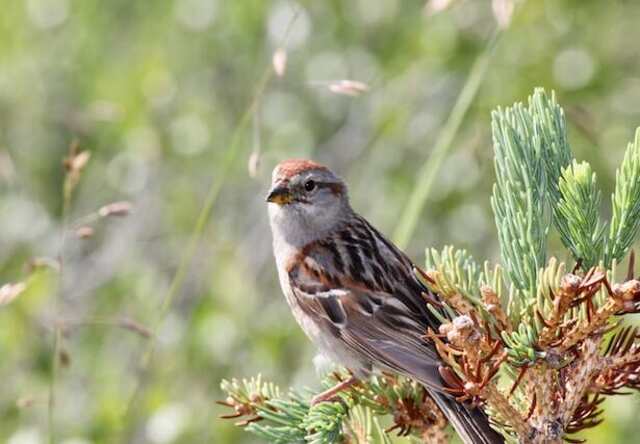
Bird Species and Berry Seed Dispersal
Birds play a critical role in the dispersal of berry seeds, and many bird species have adapted their feeding behaviors to facilitate this process. The following bird species are among the most important agents of seed dispersal for various berry plants:
| Bird Species | Berry Plant | Role in Seed Dispersal |
|---|---|---|
| American Robin | Serviceberry | Consumes berries and excretes seeds in various locations, facilitating seed dispersion and colonization. |
| Cedar Waxwing | Chokecherry | Consumes berries and regurgitates seeds, allowing for seed dispersal across wide areas. |
| Brown Thrasher | Blackberry | Consumes berries and excretes seeds, contributing to the spread of blackberry plants in new areas. |
These bird species, along with many others, contribute to the dispersal and propagation of berry plant species through their consumption and excretion of seeds. In turn, these plants provide important food sources and habitat for the birds, highlighting the mutually beneficial relationship between wildlife and berry seed dispersal.
Adaptations for Seed Dispersal
Birds have evolved several unique adaptations that enable them to effectively disperse seeds. One such adaptation is their beak shape, which varies depending on the type of fruit or seed they consume. For example, birds with longer beaks are better equipped to extract small seeds from fruits, while those with shorter, stronger beaks can easily crack open larger seeds.
In addition to beak shape, birds’ digestive systems also contribute to seed dispersal. Many birds have a gizzard, a muscular organ in their digestive tract that helps grind up food, including seeds. This process not only breaks down the tough outer layer of seeds, but also speeds up germination by exposing the embryo to moisture.
“Birds play a critical role in the dispersal of seeds, not only in berry plants but also in other flowering plants.”
Furthermore, birds are often drawn to brightly colored berries, which can serve as visual cues and help them locate food. This attraction to certain berry species also aids in the distribution of seeds across diverse habitats.
Overall, these adaptations make birds efficient agents of seed dispersal, contributing to the survival and genetic diversity of a range of plant species. The ecological importance of birds in seed dispersal cannot be overstated, and highlights the critical role they play in maintaining healthy ecosystems.
Benefits of Avian Seed Dispersal
Bird-assisted berry seed dispersal is a vital process that benefits both birds and berry plants. One of the most significant advantages of this process is the promotion of genetic diversity, which is essential for population survival and adaptation to changing environmental conditions. As birds travel and disperse seeds across different habitats, they facilitate the mixing of genetic material and increase the chances of successful berry plant reproduction.
In addition, bird-mediated seed dispersal helps to increase the spread and colonization of berry plants in different areas. By transporting seeds to new locations, birds provide opportunities for seeds to germinate and grow in suitable habitats. This process is critical for maintaining healthy and robust populations of berry plants, especially in fragmented or disturbed ecosystems.
Birds also play an essential role in ensuring the survival and regeneration of berry species. As berries are a critical food source for birds, the consumption of these fruits helps to increase bird health and fitness. In turn, birds facilitate the dispersal of seeds and promote the growth and expansion of berry plants in different ecological niches.
Overall, the benefits of avian seed dispersal are numerous and significant. By preserving bird habitats and promoting healthy bird populations, we can ensure the long-term survival and propagation of berry plants, which are essential components of many ecosystems.
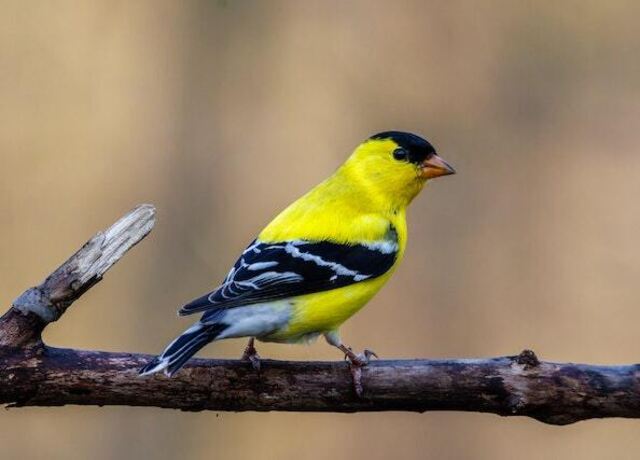
Factors Influencing Bird-Mediated Seed Dispersal
Bird-mediated seed dispersal is a complex process influenced by various factors. Understanding these factors can help improve our knowledge of how birds aid in the spread of berry seeds and inform conservation efforts.
Bird behavior
The foraging behavior of birds can impact seed dispersal. Some bird species, such as frugivorous birds, are more likely to consume berries and disperse their seeds than others. Additionally, the timing and frequency of bird movements can impact seed dispersal, as birds may preferentially deposit seeds in certain locations.
Habitat availability
The availability of suitable habitat for both birds and berry plants is crucial for successful seed dispersal. Fragmented or degraded habitats can limit bird movements and reduce the likelihood of seed transport to new areas. Furthermore, the presence of other seed dispersal agents, such as mammals, can compete with birds for berry consumption and impact their effectiveness as seed dispersers.
Berry plant characteristics
The characteristics of berry plants can also influence bird-mediated seed dispersal. For instance, berries with larger seeds may be less likely to be consumed and dispersed by birds. Furthermore, the timing of fruit ripening and the composition of fruit pulp can impact bird behavior and their willingness to consume berries, thus affecting seed dispersal.
In conclusion, a variety of factors can impact bird-mediated seed dispersal, highlighting the importance of a comprehensive understanding of this process. By taking these factors into account, we can better conserve bird habitats and promote the long-term survival of berry plant species.
Examples of Bird-Mediated Seed Dispersal
There are several examples of bird-mediated seed dispersal among different berry plant species. One such example is the blackberry, which is commonly consumed by a variety of bird species, including robins, thrushes, and waxwings. After consuming the fruit, these birds excrete the seeds in their droppings, which can help spread the plant across new territories.
Another example is the elderberry, which is actively consumed by Cedar Waxwings. These birds have a unique digestive system that allows them to digest the fruit and expel the seeds intact. The seeds are then spread across the forest floor, where they have a chance to germinate and grow into new plants.
The Huckleberry is another plant that benefits from bird-mediated seed dispersal. These berries are a favorite among several bird species, including the Mountain Bluebird and the American Robin. These birds consume the fruit, and the seeds pass through their digestive systems intact. The Huckleberry plants then have a higher chance of growth and survival in new areas, improving genetic diversity among the species.
Case Study: Hawaii
In Hawaii, several bird species play a vital role in the dispersal of native berry plants. For example, the Hawaii ‘ōma’oma’o bird is known to consume the fruit of the Koli’i plant and help propagate the seeds across new habitats. Similarly, the ‘I’iwi bird feeds on and helps spread the seeds of the ‘Ōhelo berry plant, which is an essential food source for several native bird species in Hawaii.
Research indicates that the loss of these bird species could have severe ecological consequences, as it could disrupt seed dispersal patterns and negatively impact plant populations.
Summary
These examples demonstrate the vital role that birds play in the successful reproduction and dissemination of berry plants across different habitats. Bird-assisted seed dispersal helps ensure the survival and regeneration of these plant species while also enhancing genetic diversity. It is crucial to preserve bird habitats as a way to safeguard the longevity of these critical ecological processes.
Conclusion
Birds are crucial agents of seed dispersal, especially when it comes to spreading the seeds of berries. The digestive systems and foraging behavior of various bird species contribute significantly to the propagation of berry plants in different habitats.
It is essential to understand the role of birds in seed dispersal and to preserve their habitats for the long-term survival of berry species. Bird-assisted seed dispersal enhances genetic diversity and increases plant colonization in new areas, which helps ensure the survival and regeneration of berry plants.
The ecological importance of birds in seed dispersal cannot be overstated. By consuming and excreting berry seeds in different locations, birds act as agents of dispersal and contribute to the successful reproduction and propagation of berry plants.
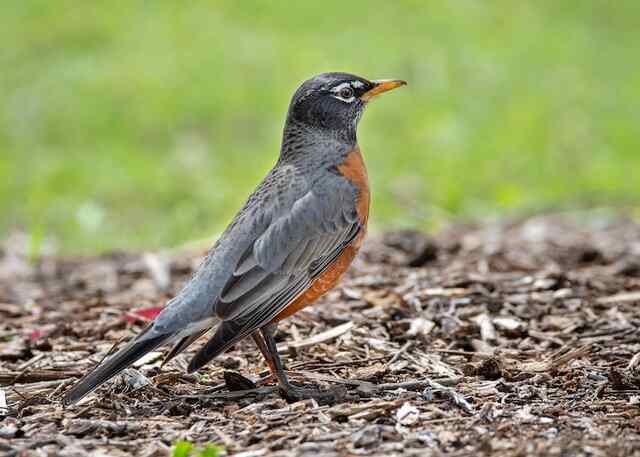
FAQs: How Do Birds Help Spread the Seeds of Berries?
How do birds help spread the seeds of berries?
Birds aid in spreading the seeds of berries through their feeding habits. They consume berries, digest the pulp, and excrete the seeds in different locations, allowing for their propagation.
What is the role of birds in seed dispersal?
Birds play a crucial role in seed dispersal by consuming berries and distributing the seeds through their excretion. This helps in the propagation and colonization of berry plants in new areas.
How does avian foraging behavior contribute to berry seed dispersal?
Birds employ various foraging strategies to locate and consume berries. Their feeding habits contribute to the dispersal of berry seeds as they move from one feeding location to another.
Which bird species are involved in spreading berry seeds?
There are various bird species that actively feed on berries and aid in the dispersal of their seeds. These bird species play a crucial role in spreading berry seeds across different habitats.
What adaptations do birds have for seed dispersal?
Birds have unique adaptations that facilitate seed dispersal. These include beak shape, which allows them to consume berries, and digestive systems that help break down the pulp and excrete the seeds.
What are the benefits of avian seed dispersal?
Avian seed dispersal enhances genetic diversity, promotes plant colonization in new areas, and ensures the survival and regeneration of berry species. It is beneficial for both birds and berry plants.
What factors influence bird-mediated seed dispersal?
Bird behavior, habitat availability, and berry plant characteristics can all influence the effectiveness of seed dispersal by birds. These factors play a role in determining the extent and success of seed dispersal.
Q: Can you provide examples of bird-mediated seed dispersal?
A: There are numerous examples of bird-mediated seed dispersal in different berry plant species. Case studies and research findings demonstrate the important role that birds play in the reproduction and dispersal of berries.

